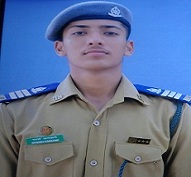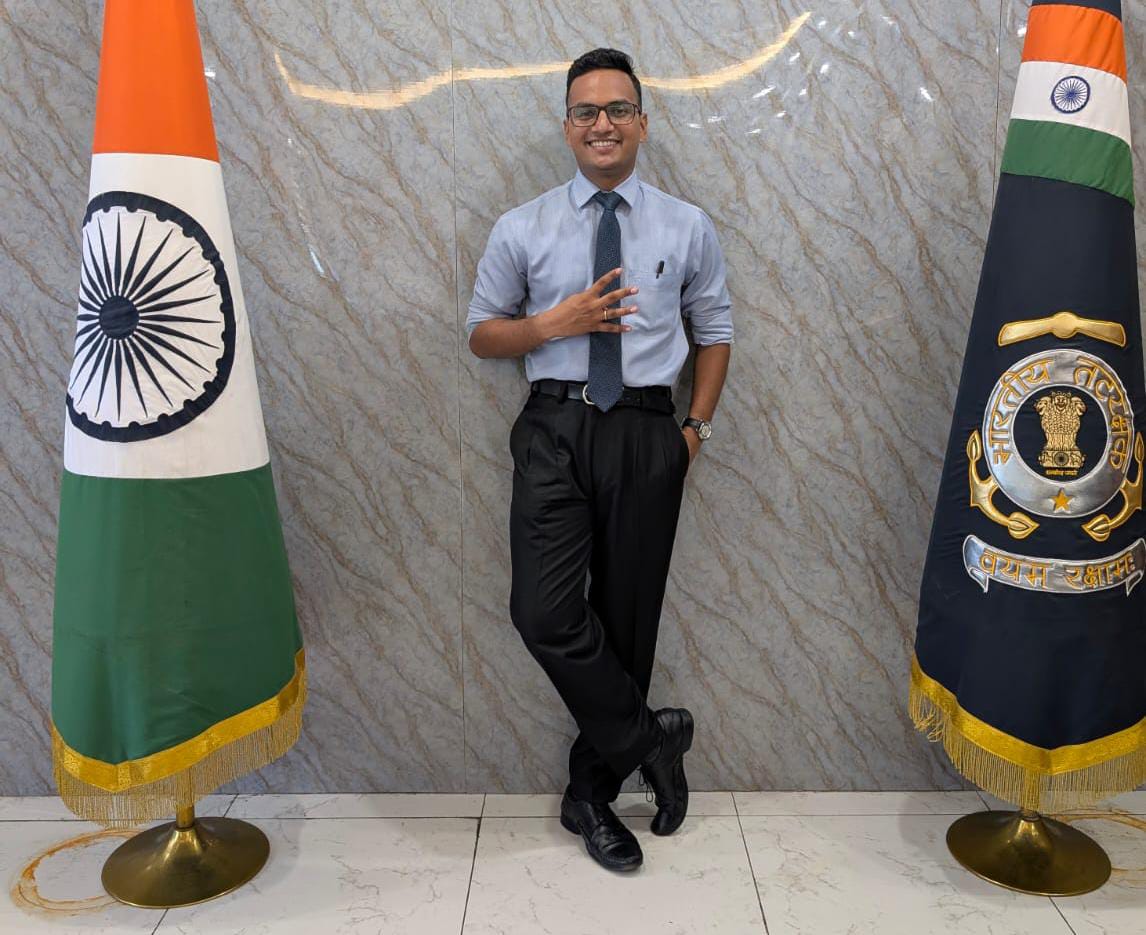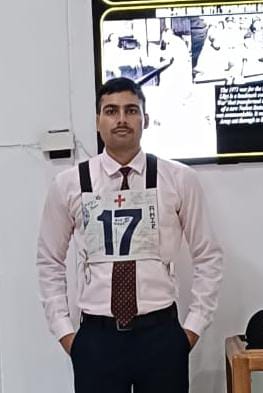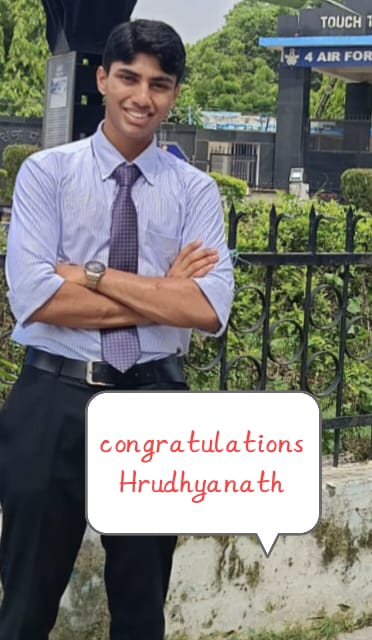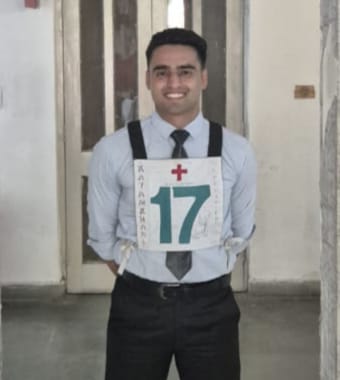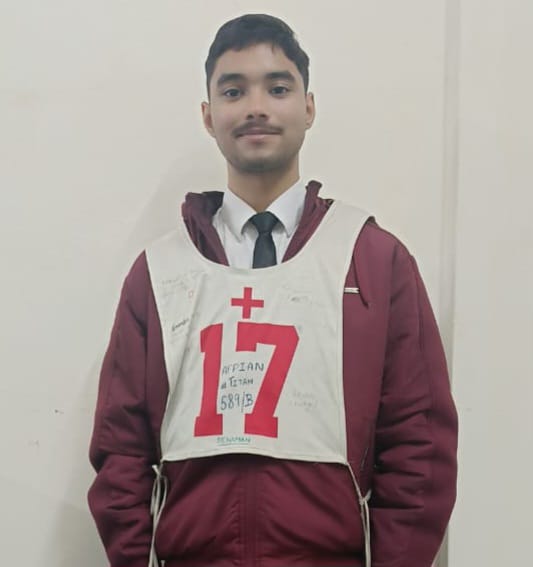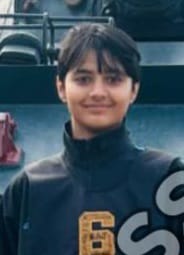1. ORIGIN, EVOLUTION & STRATEGIC DOCTRINE OF THE IAF
1.1 Formation (1932–1947)
- Raised: 8 October 1932 as an auxiliary arm of the Royal Air Force.
- First unit: No. 1 Squadron, equipped with Westland Wapiti biplanes.
- Showed exceptional performance in Waziristan campaigns (North-West Frontier).
1.2 Post-Independence Consolidation (1947–1962)
- 1947–48 J&K War: IAF played decisive role in airlifting troops to Srinagar (the first major airland operation of IAF).
- Expanded to multiple squadrons with Vampires, Dakotas, Tempests.
1.3 Expansion Era (1962–1999)
- 1962 Sino-India War: IAF not used offensively—major strategic lesson.
- 1965 Indo-Pak War: IAF established air superiority despite technological disadvantage.
- 1971 Bangladesh Liberation War:
- Carried out “Operation Chengiz Khan” counter missions.
- Destroyed PA’s air assets within days.
- Guaranteed unhindered army movement in the East.
- Kargil 1999 (Operation Safed Sagar):
- First major use of precision weapons (LGBs).
- High-altitude air operations at 15,000+ ft using Mirage-2000.
1.4 Present Role (2000–Today)
IAF doctrine today is based on 3 pillars:
● Deterrence – Strong air superiority to prevent war
● Punitive Capability – Ability to conduct deep offensive strikes
● Rapid Response – HADR, strategic mobility, UAV/ISR
1.5 IAF’s Doctrine in One Line
“Control of the air is the prerequisite for victory on land and sea.”
2. ORGANISATION OF THE INDIAN AIR FORCE
IAF is structured into Command → Wing → Station → Squadron → Flight.
3. COMMAND STRUCTURE OF IAF
There are 7 Commands:
Operational Commands (5)
1. Western Air Command (WAC) – Delhi
- Largest & most active command.
- Responsible for Pakistan & Ladakh sectors.
- Houses Su-30MKI, Mirage-2000, MiG-29 squadrons.
2. Eastern Air Command (EAC) – Shillong
- Focus: China front, North-East, Sikkim, Arunachal.
- Key bases: Tezpur, Chabua, Hashimara.
3. Southern Air Command (SAC) – Thiruvananthapuram
- Maritime air operations support to Navy.
- Andaman & Nicobar linkage.
4. Central Air Command (CAC) – Prayagraj
- Strategic depth & reserves command.
- Hosts AWACS, mid-air refuellers.
5. South-Western Air Command (SWAC) – Gandhinagar
- Pakistan-focused.
- Houses Jaguars and combat squadrons.
Training & Maintenance Commands (2)
6. Training Command (TC) – Bengaluru
- Oversees Air Force Academy, FTEs, Flying Training Wing, Technical Training.
7. Maintenance Command (MC) – Nagpur
- Overhauls engines, avionics, radars, missile systems.
4. RANK STRUCTURE OF IAF
4.1 Commissioned Officers
- Flying Officer
- Flight Lieutenant
- Squadron Leader
- Wing Commander
- Group Captain
- Air Commodore
- Air Vice Marshal
- Air Marshal
- Air Chief Marshal (CAS)
- Marshal of the Indian Air Force (Five-star, held only by Arjan Singh)
4.2 Airmen Ranks
- Aircraftman
- Leading Aircraftman
- Corporal
- Sergeant
- Junior Warrant Officer
- Warrant Officer
- Master Warrant Officer
Each rank has specific operational responsibilities which are often asked at AFSB.
5. TRAINING PIPELINE FOR A PILOT
Stage 0 – Pre-Commission Training
- AFA Dundigal – 74 weeks
- Includes:
- Aviation academics
- Aviation medicine
- Survival training
- Ejection training
- High-G and hypoxia chamber
- Simulator introduction
6. AIRCRAFT TRAINERS
Stage I – Basic Trainer
1. Pilatus PC-7 Mk II
- Role: Basic flying, aerobatics
- All-weather training
- 700+ hours simulator availability
2. HAL HTT-40 (Incoming)
- Indigenous
- Glass cockpit
- Better fuel economy, Indian logistics chain
Stage II – Intermediate Jet Training
HAL HJT-16 Kiran
- Jet transition aircraft
- Weapon familiarisation
Stage III – Advanced Jet Training
BAE Hawk Mk 132
- Lead-in fighter training
- Weapon delivery
- Basic combat manoeuvres
- Air combat 1v1, 2v1, BFM (Basic Fighter Manoeuvres)
7. COMPLETE IAF FIGHTER FLEET STRUCTURE
7.1 Su-30MKI – Heavy Air Superiority Fighter
- Backbone of IAF
- Range: 3,000 km (combat radius varies)
- Thrust-vectoring capability
- BrahMos-A integration
- Role: both air dominance + deep strike
7.2 Mirage-2000 I/TI
- Precision strike specialist
- Led Balakot strike 2019
- Outstanding reliability in high-altitude operations
7.3 MiG-29 UPG
- Air-superiority + multirole
- Equipped with Zhuk-ME radar
- Compatible with advanced BVR missiles
7.4 LCA Tejas Mk1/1A/Mk2
- Indigenous
- Fly-by-wire
- AESA radar (Uttam for Mk2)
- High manoeuvrability
- Replaces MiG-21
7.5 Jaguar DARIN III
- Dedicated deep strike aircraft
- Terrain following
- Upgraded avionics suite
- Used for maritime strikes too
8. TRANSPORT COMMAND
1. C-17 Globemaster III
- Strategic heavy-lift
- Can transport tanks, artillery, troops
- Used for HADR, evacuations (Operation Kaveri, Ganga etc.)
2. Il-76MD Gajraj
- Legacy strategic transporter
- Supports para-drops, airborne operations
3. C-130J Super Hercules
- Special ops
- Night vision ops
- Short/rough field landings
4. Antonov An-32
- Workhorse of the Himalayas
- High-altitude special variant (An-32RE)
5. Dornier Do-228
- Light transport
- Coastal surveillance
- Logistics support
9. HELICOPTERS OF IAF
Attack Helicopters
- AH-64E Apache – modern attack helicopter
- Anti-tank, anti-armour
- Longbow radar
- Hellfire missiles
Utility/Transport Helicopters
- Mi-17 V5
- HAL Dhruv ALH
- HAL Rudra (ALH-WSI)
- Chetak/Cheetah (high-altitude)
Special Roles
- SAR missions
- Disaster relief
- Evacuations
- High altitude logistics (Siachen)
10. UAVs & FORCE MULTIPLIERS
Heron (Israel) – long-range ISR
Searcher Mk II – tactical UAV
DRDO Tapas BH-201 – MALE UAV (incoming)
Swarm drones – being inducted
AWACS/Airborne Command
- Phalcon AWACS (Israeli EL/W-2090 on Il-76)
- Netra AEW&C (DRDO EMB-145)
Role:
- 360° radar
- Controls air battles
- Detects low-flying threats
- Enhances BVR combat by 200–300%
11. AIR DEFENCE SYSTEM OF INDIA
IAF uses a multi-layered defence grid:
11.1 RADAR NETWORK (MOST COMPLETE LIST)
Ground Radars (IAF + DRDO + BEL):
- Rohini 3D-CAR
- Revathi
- Aslesha Mk-I/Mk-II
- Bharani LLR
- Ashwini
- Swordfish LRTR (Ballistic Missile Defence)
- Mountain Radars (Indra series)
Airborne Radars:
- Phalcon AWACS
- Netra AEW&C
Fighter AESA Radars:
- Uttam AESA (Tejas Mk2)
- EL/M-2052
- Bars-R (Su-30MKI)
11.2 SURFACE-TO-AIR MISSILES
Short Range:
- Akash Mk1/Mk2
- Spyder SR
Medium Range:
- MRSAM (IAI-DRDO joint)
- Barak-8
Long Range & BMD:
- S-400 Triumf – world’s most advanced LR-SAM
- Swordfish radar-based BMD Phase-I/II
12. INFRASTRUCTURE – AIRBASES, ADVANCED LANDING GROUNDS
Main Airbases:
- Gwalior
- Ambala
- Pune
- Tezpur
- Hashimara
- Srinagar
- Jodhpur
- Bareilly
- Thanjavur (Su-30MKI maritime squadron)
High-Altitude ALGs (NE India & Ladakh):
- Daulat Beg Oldi
- Nyoma
- Fukche
- Mechuka
- Ziro
- Tuting
These allow rapid deployment near LAC.
13. OPERATIONS, WARFARE AND TACTICAL DOCTRINE
13.1 Types of Air Operations
1. Offensive Counter Air (OCA)
- Airfield strikes
- Suppression/Destruction of Enemy Air Defence (SEAD/DEAD)
2. Defensive Counter Air (DCA)
- Combat Air Patrols (CAP)
- Interceptor readiness (QRA)
3. Strategic Strike
- Long-range bombing
- Precision strikes
- Conventional deterrence
4. Close Air Support (CAS)
- Support Army operations
- High accuracy in mountains
5. Battlefield Air Interdiction (BAI)
- Destroy enemy supply lines
- Prevent reinforcements
13.2 Real Operations You Must Know for AFSB
- Operation Meghdoot (Siachen, 1984) – helicopter operations at world’s highest battlefield
- Operation Poomalai (Sri Lanka) – airdrop under fire
- Operation Safed Sagar (Kargil) – high-altitude fighter ops
- Operation Rahat – Uttarakhand rescue
- Operation Sankat Mochan – South Sudan evacuation
- Balakot 2019 – cross-border precision strike
14. IAF’s FUTURE MODERNISATION
14.1 Future Aircraft
- Tejas Mk1A – 83 ordered
- Tejas Mk2 – Medium Weight Fighter
- AMCA – 5th Generation Stealth Fighter
- TEDBF (for Navy) but technologically relevant to IAF
14.2 Su-30MKI SUPER UPGRADE
Includes:
- AESA radar
- New EW suite
- Astra Mk-3 integration
- New weapons (R-77-1, Rudram anti-radar missiles)
14.3 Weapon Systems Modernisation
- Astra Mk1/2/3 BVR missiles
- BrahMos-A
- Hammer precision glide bombs
- Rudram-1/2/3 anti-radiation missiles
14.4 Network-Centric Warfare
- IACCS (Integrated Air Command & Control System)
- Automated early warning
- Fusion of AWACS + Radars + Satellites
- Missile launch detection
15. WHAT AFSB EXPECTS FROM YOU ABOUT IAF
1. Understanding of IAF’s Role & Relevance
- Air dominance
- Deterrence
- Quick reaction capability
- Multi-domain operations
2. Awareness of Modernisation
They expect you to know:
- Su-30MKI upgrade
- Tejas Mk1A
- AMCA
- S-400
- AEW&C Netra
- Astra missiles
- IACCS network
3. Clarity About a Pilot’s Life
- Training pipeline
- Flight safety rules
- SOPs
- Physical fitness
- Squadron discipline
- Role of CO, Flt Cdr, adjutant
4. Realistic Motivation
Not “dream to fly” — but:
- Service ethos
- Leadership
- Technology-driven environment
- Operational readiness
HAPPY LANDINGS.
JAI HIND


